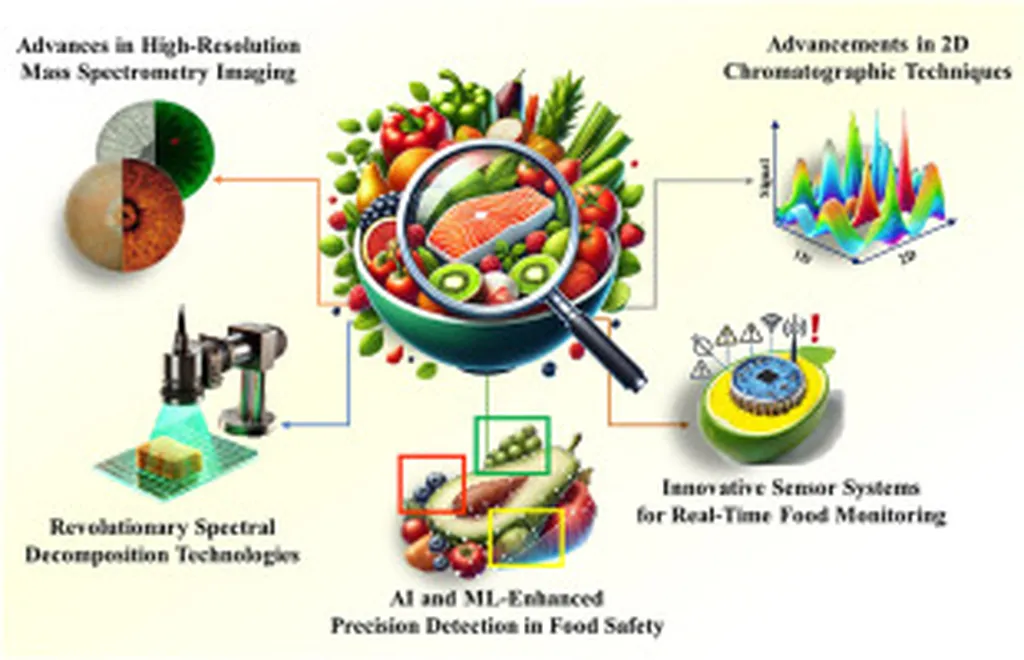In a world where food safety and quality are paramount, the threat of adulteration looms large, particularly in powdered food products. A recent systematic review published in *BIO Web of Conferences* sheds light on how machine learning and deep learning algorithms, combined with spectroscopy, are revolutionizing the detection of adulterants in food flour. The study, led by Nisa Nadya Hafidzatun from the Department of Agricultural and Biosystems Engineering at Universitas Gadjah Mada, offers a comprehensive analysis of current research trends and their potential impact on the agriculture sector.
Adulteration in powdered food products is a significant concern, as it can compromise food safety and consumer trust. Traditional methods of detecting adulterants are often time-consuming and destructive, making them less efficient for large-scale applications. However, the advent of non-destructive technologies based on spectroscopy, coupled with advanced machine learning and deep learning algorithms, is changing the game. “The combination of spectroscopy and machine learning allows for rapid and accurate detection of adulterants, which is crucial for maintaining food quality and safety,” says Hafidzatun.
The study identified 32 relevant articles from a pool of 105, selected from prestigious databases such as Scopus, Web of Science, and PubMed. The research trend shows a notable increase since 2019, with a significant contribution from the Asian region. Commonly used spectroscopy technologies include Near-Infrared (NIR), Visible and Near-Infrared (Vis-NIR), and Raman spectroscopy. These technologies are often combined with algorithms such as Partial Least Squares Regression (PLSR), Convolutional Neural Networks (CNN), and Support Vector Machines (SVM) to achieve high detection accuracy and R-squared (R²) values.
One of the key findings of the study is the effectiveness of data pre-processing techniques, such as filtering, in improving the accuracy of analysis. “Data pre-processing is a critical step that can significantly enhance the performance of machine learning models,” explains Hafidzatun. The study also highlights the potential of intelligent detection systems that utilize machine learning models, data augmentation techniques, and transfer learning. These advancements are expected to strengthen future research and applications in the field.
The commercial impact of this research on the agriculture sector is substantial. By enabling rapid and accurate detection of adulterants, these technologies can help food manufacturers maintain product integrity and consumer trust. This, in turn, can lead to increased market competitiveness and profitability. Additionally, the multidisciplinary collaboration between food science, computer science, and instrumentation fields is expected to drive further innovations and advancements in the field.
As the agriculture sector continues to evolve, the integration of machine learning and deep learning with spectroscopy technologies holds promise for enhancing food safety and quality. The research led by Nisa Nadya Hafidzatun published in *BIO Web of Conferences* provides valuable insights into the current trends and future directions of this exciting field. By leveraging these technologies, the agriculture sector can take significant strides towards ensuring food safety and quality for consumers worldwide.

